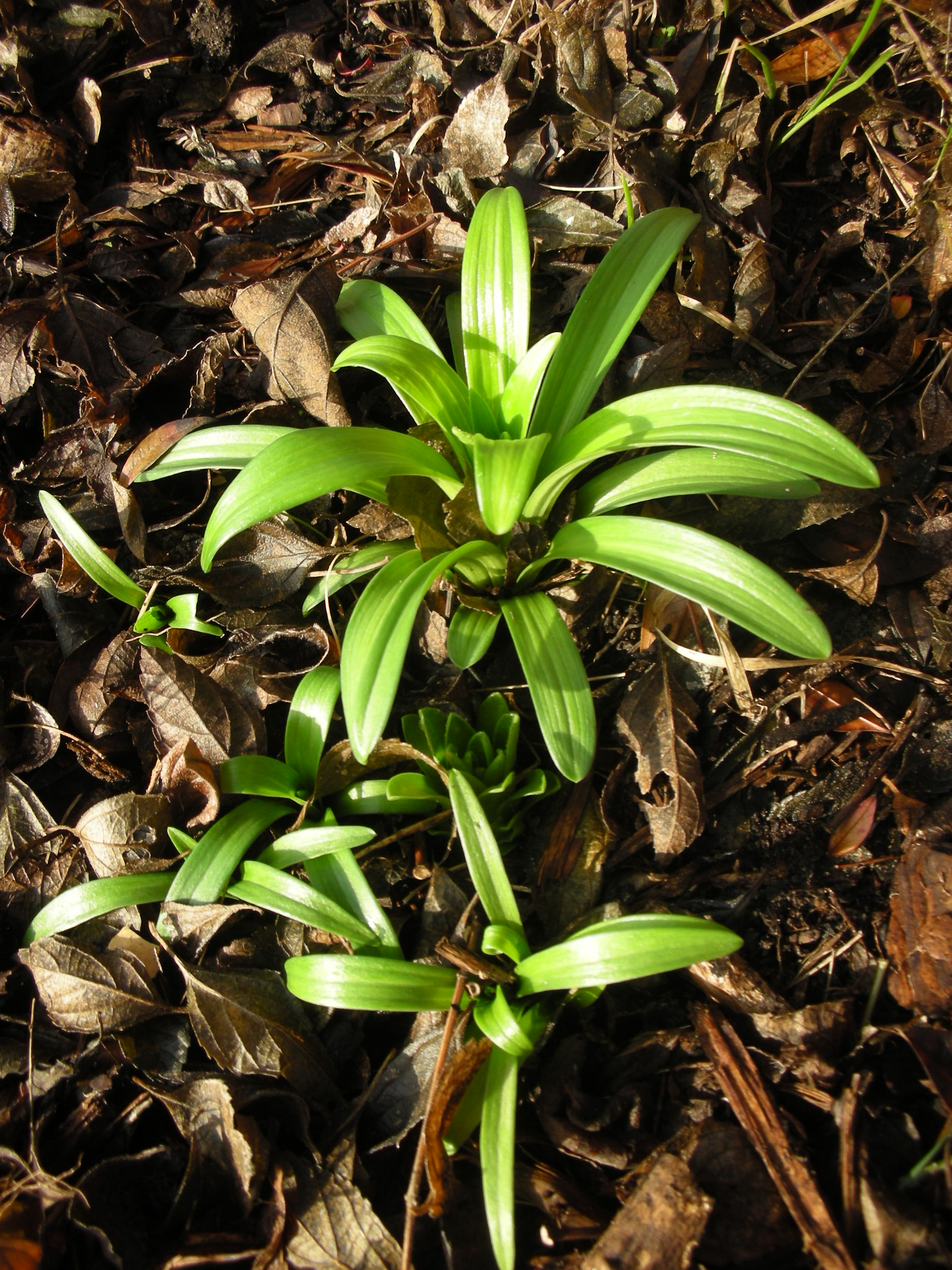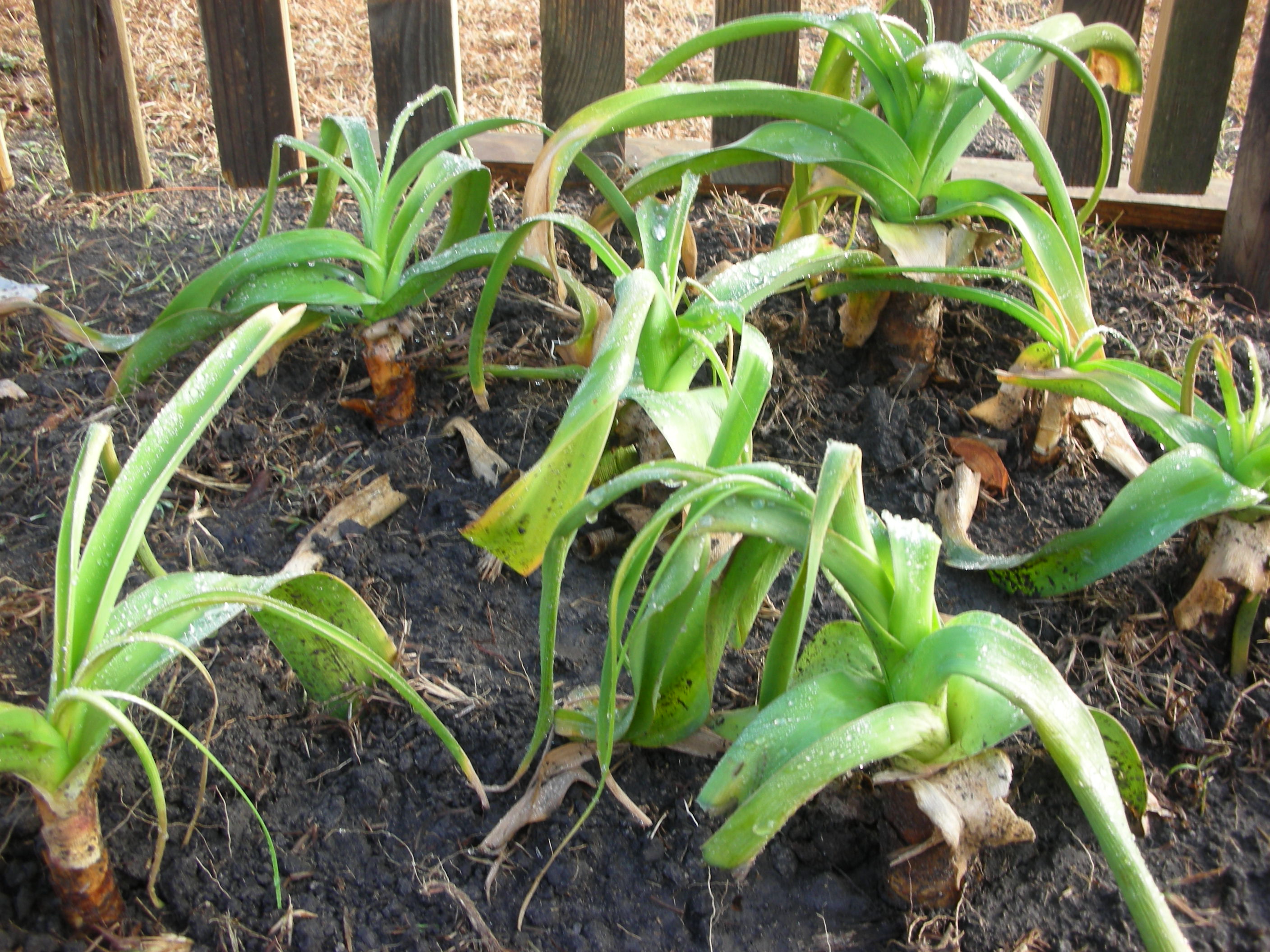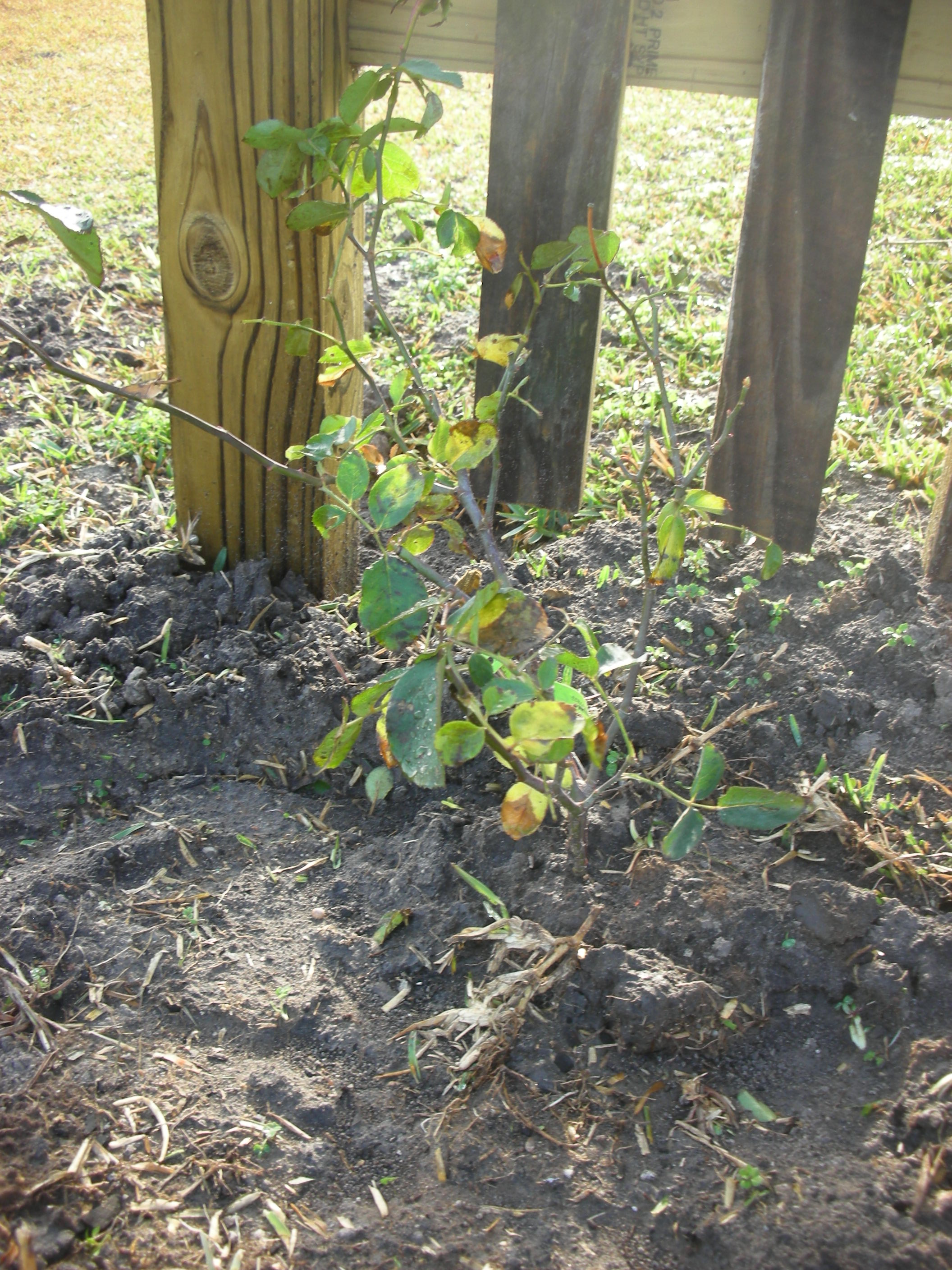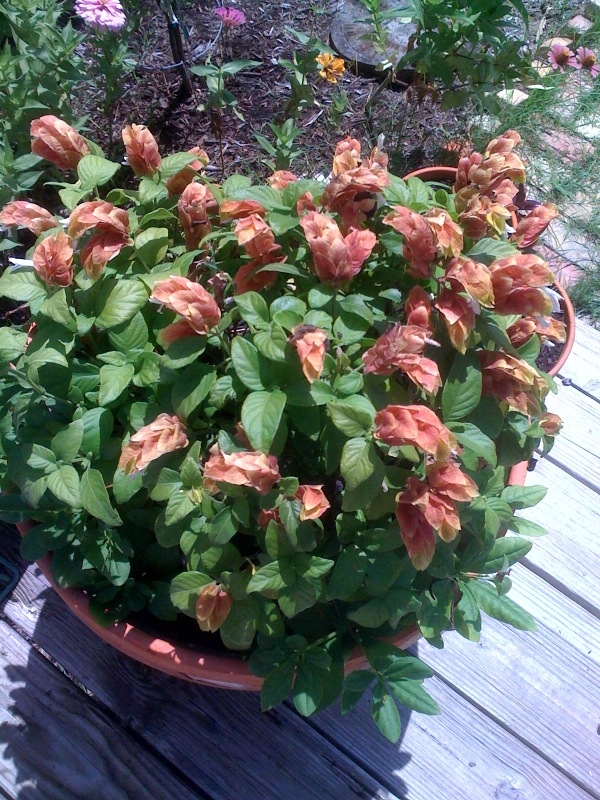Well, I learned an expensive lesson today. If you water your black gumbo yard for 23 hours it still will not close up the cracks that the July and August heat have made! Yep! I ran the sprinkler ALL DAY, And yes, my wife asked me if I had turned off all of the water before we went to bed last night. Oh well, live and learn. At least I know my trees and primrose jasmine are now DEEPLY watered as they head into fall.
Even though it is hot and dry, this is going to be a great weekend in the garden. Forecast says highs in the low to mid 90s with a chance of showers. So start early, drink lots of fluids and get a big part of your fall garden in the ground.
Vegetables
- Remove old mulch and burn it – I use spoiled hay to mulch my vegetable garden. Regardless of what you mulch with you will need to remove any that is left and bag it or burn it. Do not put it in the compost. Spent mulch is full of bug eggs and larvae. A warm compost pile is the perfect place for garden pests to over winter
- If its growing, feed it – I still have okra, purple hulls and tomatoes growing in my garden. This weekend is a great time to feed them. Side dress with finished composed or give them a foliar application of fish emulsion or other water soluble product. If using commercial fertilizers apply a high nitrogen blend at a rate of 1 cup for ten feet of row
- Plant potatoes – You can plant potatoes now. It is better to plant small, whole potatoes, as opposed to cut up pieces, in the fall. The extremely warm soil will rot potato pieces that are not thoutoghly scabbed.
Ornamentals
- Weed, feed, water and mulch – August is a tough time on existing plants and a tough time for establishing new bedding plants. Take advantage of slower growth rates to remove tough weeds like Bermuda. Once an area is weeded, sprinkle a little fertilizer, mulch and water. Water every three or four days. This will get your beds in prime shape for planting later in the month
Trees and Lawns
- Baby your pecans! – The shells of pecans are beginning to fill with fruit. Keep your pecan trees well watered to ensure your best possible crop
- Cut out bag worms – If you see bag worms forming in your trees, cut them out before they get too big. If you have missed them and you have a large mass, use your long handled pruners to open up the webs to encourage the birds to come in and clean up larvae
- Be on the lookout for chinch bugs – August is prime time for chinch bugs. While chinch bugs can definitely do a lot of damage to St. Augustine lawns, they can be controlled if caught early. My buddy Randy Lemmon (host of Garden Line on KTRH) has a great article about how to identify and treat them. Click here to learn more.
I share these posts on Our SimpleHomestead Blog Hop. Be sure to stop by. The “hop” has tons of great information from gardeners and homesteaders all over the world!







